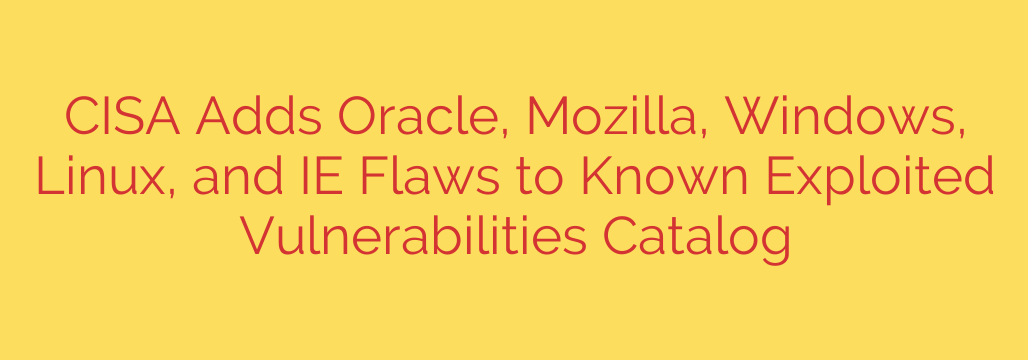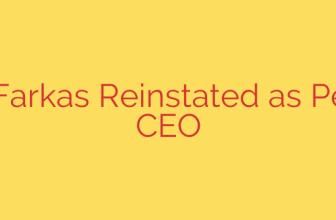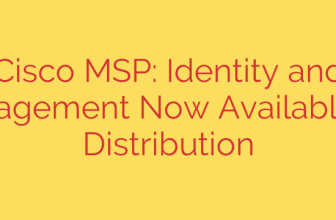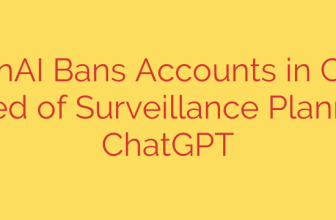
Urgent Security Alert: Actively Exploited Flaws in Windows, Linux, and Oracle Demand Immediate Patching
Cybersecurity authorities have issued a critical warning about several high-risk vulnerabilities across widely used software, including Oracle Fusion Middleware, Mozilla Firefox, Microsoft Windows, and the Linux kernel. These are not theoretical weaknesses; they are flaws with known exploits that are actively being used by malicious actors in the wild. This development underscores the urgent need for organizations to review their systems and apply necessary security updates immediately.
The inclusion of these vulnerabilities in the federal Known Exploited Vulnerabilities (KEV) catalog signifies a confirmed, ongoing threat. When a flaw is added to this list, it serves as a clear signal to all organizations that threat actors are already leveraging it to compromise systems.
A Mix of Old and New Threats: What You Need to Know
The latest advisory highlights a dangerous mix of both recent and decade-old vulnerabilities, proving that attackers continue to find success by exploiting unpatched legacy systems alongside newer software.
Here are the key vulnerabilities that require your immediate attention:
- Oracle Fusion Middleware (CVE-2016-3510): A critical remote code execution (RCE) vulnerability in Oracle’s enterprise software. Despite being an older flaw, its continued exploitation demonstrates that many organizations have failed to patch this critical weakness, leaving them open to complete system takeover.
- Microsoft Windows Scripting (CVE-2023-36928): This is another RCE flaw affecting the Windows ecosystem. An attacker who successfully exploits this vulnerability could gain the same user rights as the current user, potentially leading to significant data breaches and system compromise.
- Mozilla Firefox (CVE-2023-40477): A use-after-free vulnerability in the popular web browser that can lead to a sandbox escape. This allows an attacker to break out of the browser’s security container and execute malicious code on the underlying operating system.
- Linux Kernel (CVE-2014-0196): A race condition flaw within the Linux kernel that can be exploited for privilege escalation. This means an attacker with low-level access could gain full root permissions, effectively seizing control of the entire system. The fact that a flaw from 2014 is still being actively used is a stark reminder of the long tail of risk associated with unpatched infrastructure.
- Internet Explorer (CVE-2014-1776): An RCE vulnerability in the now-defunct Internet Explorer browser. While Microsoft has pushed users toward its Edge browser, IE components may still exist within legacy applications or older Windows environments, creating a dangerous and often overlooked attack surface.
The Real-World Risk of Unpatched Systems
The primary danger posed by most of these vulnerabilities is remote code execution. This allows an attacker to run arbitrary commands on a target system from anywhere in the world, without needing physical access. Successful exploitation can lead to data theft, ransomware deployment, installation of persistent backdoors, and complete network compromise.
The inclusion of flaws from 2014 and 2016 is particularly alarming. It highlights a common security gap where organizations focus on the latest threats while neglecting to patch older, well-documented vulnerabilities. Attackers are aware of this tendency and systematically scan for these “forgotten” flaws, which often provide an easy path into a corporate network.
Actionable Steps: How to Protect Your Organization
Waiting is not an option. The active exploitation of these vulnerabilities means your organization could be the next target. Follow these essential security steps immediately:
Prioritize Patching: Treat any vulnerability listed in the KEV catalog as a top priority. Deploy the security patches provided by Microsoft, Oracle, Mozilla, and Linux distributions without delay.
Conduct a Comprehensive Asset Inventory: You cannot protect what you don’t know you have. Identify all instances of the affected software in your environment, paying special attention to legacy systems that may be running outdated versions of Oracle Fusion Middleware, Linux, or have lingering Internet Explorer components.
Decommission Unsupported Software: If your organization still relies on applications that require Internet Explorer or is running end-of-life Linux kernels, it’s time to accelerate migration plans. Unsupported software no longer receives security updates, making it a permanent and unacceptable risk.
Implement a Robust Vulnerability Management Program: Don’t just react to alerts. A proactive program that includes regular network scanning, penetration testing, and a streamlined patching process is crucial for identifying and remediating weaknesses before they can be exploited.
The current threat landscape is a clear signal that cybersecurity requires constant vigilance. By taking these decisive actions, you can significantly reduce your organization’s exposure and defend against these proven, real-world threats.
Source: https://securityaffairs.com/183049/security/u-s-cisa-adds-oracle-mozilla-microsoft-windows-linux-kernel-and-microsoft-ie-flaws-to-its-known-exploited-vulnerabilities-catalog.html








